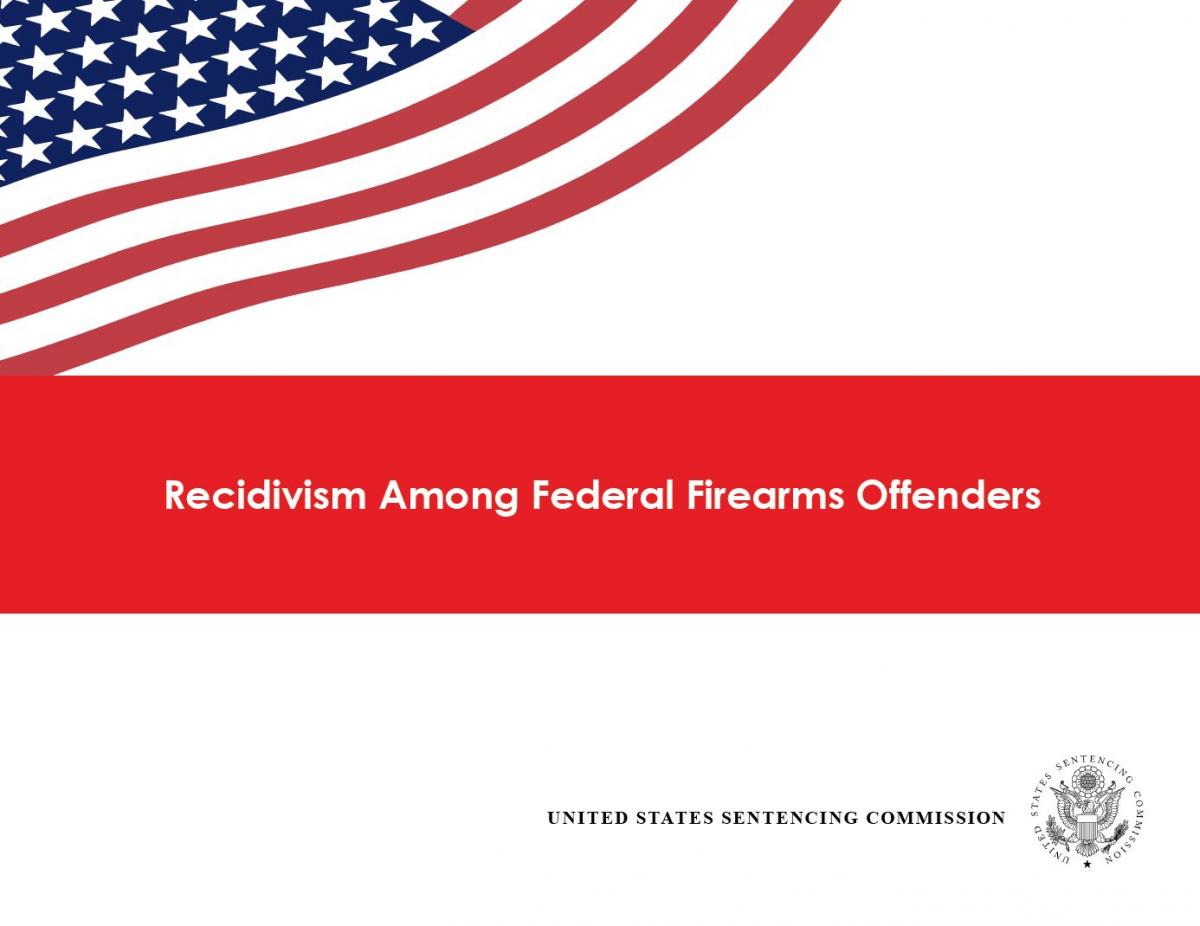Report Summary

Key Findings
Firearms offenders generally recidivated at a higher rate, recidivated more quickly following release into the community, and continued to recidivate later in life than non-firearms offenders.
Key findings of the Commission’s study of recidivism among firearms offenders are:
- The 3,446 firearms offenders analyzed in this report represent 13.8 percent of the 25,000 offenders in this study who were released in calendar year 2005.
- Firearms offenders recidivated at a higher rate than non-firearms offenders. Over two-thirds (68.1%) of firearms offenders were rearrested for a new crime during the eight-year follow-up period compared to less than half of non-firearms offenders (46.3%).
- Firearms offenders recidivated more quickly than non-firearms offenders. Of the firearms offenders who recidivated, the median time from release to the first recidivism event was 17 months. Comparatively, the median time from release to the first recidivism event for non-firearms offenders was 22 months.
- A greater percentage of firearms offenders were rearrested for serious crimes than non-firearms offenders. Of the firearms offenders who recidivated, assault was the most serious new charge for 29.0 percent, followed by drug trafficking (13.5%) and public order crimes (12.6%). Of the non-firearms offenders who recidivated, assault was the most common new charge for 21.9 percent, followed by public order crimes (19.4%) and drug trafficking (11.1%).
- Firearms offenders have higher recidivism rates than non-firearms offenders in every Criminal History Category. The difference in recidivism rates between firearms and non-firearms offenders is most pronounced in Criminal History Category I, the lowest Criminal History Category, where firearms offenders recidivated at a rate approximately 12 percentage points higher than non-firearms offenders (45.0% compared to 33.2%).
- Firearms offenders recidivated at a higher rate than non-firearms offenders in every age group at the time of release from custody. Firearms offenders recidivated at nearly twice the rate of nonfirearms offenders among those released after age 50 (39.3% compared to 20.6%).
- Offender characteristics and recidivism rates vary depending on the type of firearms offense committed by offenders sentenced under §2K2.1. However, criminal history remains a strong predictor of recidivism regardless of the type of firearms conviction.
- Section 924(c) offenders generally recidivated less frequently, for less serious crimes, and after a longer crime-free period than other firearms offenders. However, among section 924(c) offenders, offenders who engaged in violent criminal conduct—either as part of the instant offense or during prior criminal activity—generally recidivated at a higher rate, more quickly, and for more serious crimes than non-violent section 924(c) offenders who were convicted of drug trafficking as their instant offense underlying the section 924(c) charge.
